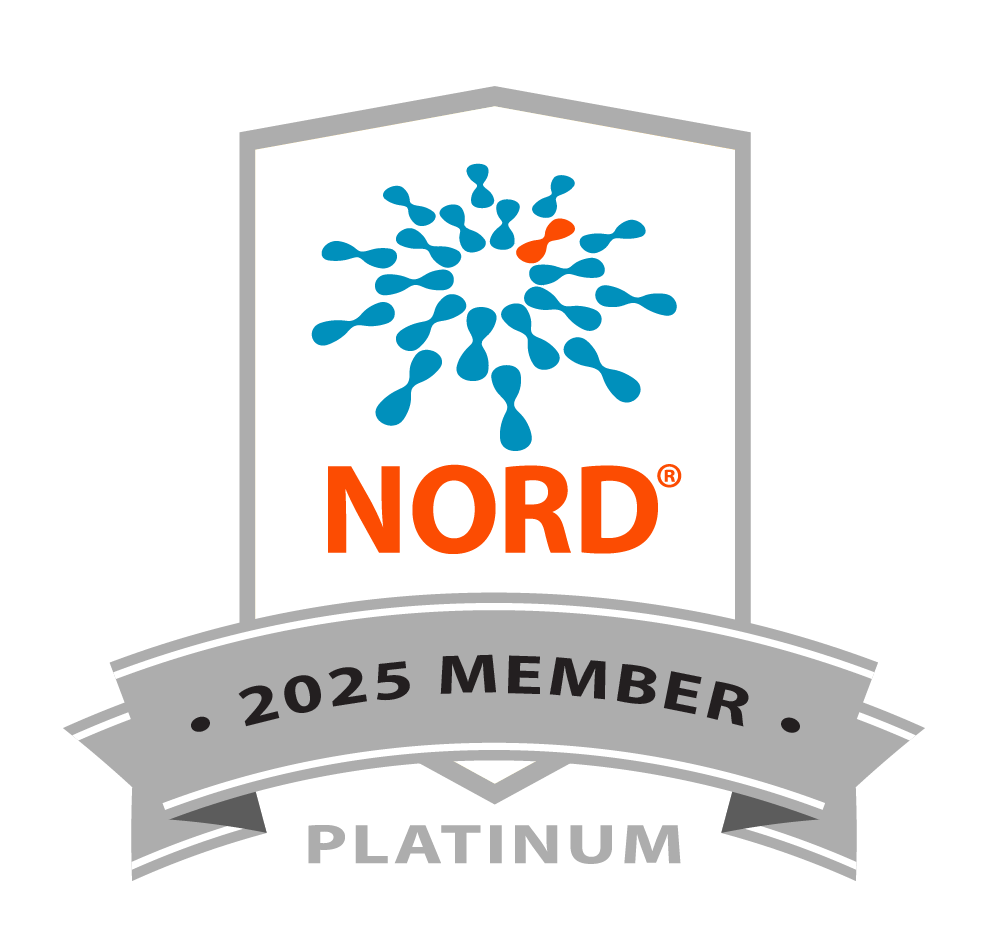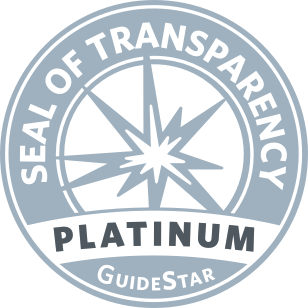ARVO 2025 Highlight: Beacon Reports Encouraging Results for Second Eyes Dosed in Clinical Trial for XLRP Gene Therapy
Research News
The company is currently enrolling patients in its Phase 2/3 VISTA Clinical Trial.
Beacon Therapeutics, an ophthalmology gene therapy company, has reported vision improvements for patients receiving AGTC-501, the company’s X-linked retinitis pigmentosa (XLRP) gene therapy, in the Phase 2 DAWN clinical trial. In DAWN, 15 male patients, who received AGTC-501 in one eye in a previous trial, had their second eyes dosed. A presentation on the preliminary, six-month DAWN results was made on May 6 by Mark Pennesi, MD, PhD, Retina Foundation of the Southwest, at the 2025 Association for Research in Vision and Ophthalmology (ARVO) conference in Salt Lake City, Utah.
The DAWN trial was comprised of two groups: 12 patients who received a high dose of AGTC-501 and 3 who received a low dose. (Six-month data weren’t available for 1 high-dose patient.) Treatment-emergent adverse events were generally non-serious and mild or moderate.
The average improvement in low luminance visual acuity (LLVA) for the second eyes of patients was 16 letters or about 3 lines on an eye chart. (LLVA is the ability to read letters on an eye chart in dim light.) Improvements in microperimetry, which measures light sensitivity at multiple points in the retina, were also observed.
AGTC-501 uses an adeno-associated virus (AAV), which works like a container system, to deliver copies of the RPGR gene into the retinal cells of patients with a mutation in the gene. Beacon says that 70-90 percent of XLRP cases is caused by mutations in RPGR. The treatment is administered by a one-time injection underneath the retina.
Beacon is currently enrolling patients for its Phase 2/3 VISTA clinical trial. Approximately 75 male XLRP patients who haven’t received XLRP gene therapy will be enrolled. LLVA is the primary efficacy endpoint for potentially seeking regulatory approval.
As an X-linked condition, XLRP usually affects males. Females are usually unaffected carriers but are sometimes affected.
The Foundation funded preclinical research for the gene therapy that ultimately became AGTC-501.




